Have you ever asked yourself this question: "How do I check the tire pressure without a gauge?"
If yes, then look no further!
This article will reveal seven practical ways of checking the pressure of your tires when you do not have a gauge at hand.
Also, you will know how often you should check your tire pressure, when to tell if your tires are underinflated, and many more.
Why Do You Need To Check Tire Pressure?To Prevent AccidentsLow tire pressure causes the rapid loss of tire tread depth in less time than usual. This is because the tires endure more weight and force than when they are correctly inflated. Underinflated tires may also cause poor handling of the car.
Overinflated tires can lead to a blowout during a ride. Regular pressure checks prevent accidents caused by blowouts and poor maneuverability of the car.
To Improve Fuel EconomyTire pressure checks enhance the fuel economy of your car. Low-pressure tires require more propelling power to get going. This indicates that your vehicle will burn extra fuel to supply the energy needed to move your underinflated tires. So you may notice that you're purchasing gas more often than you should.
Underinflated tires carry the weight of your vehicle more than the other adequately inflated tires. If the tire pressure is too low, too much of that tire's surface area touches the road, which increases friction. Increased traction may cause the tire to overheat, which can lead to premature wear. Regular checks ensure the uniformity of tire wear.
How To Check Tire Pressure Without GaugePound-force Per Square Inch Check (PSI Check)The pound-force/square inch is the unit used to measure air pressure in your tire. It lets you know how much inflation pressure your tire can withstand. The driver's manual usually provides this information.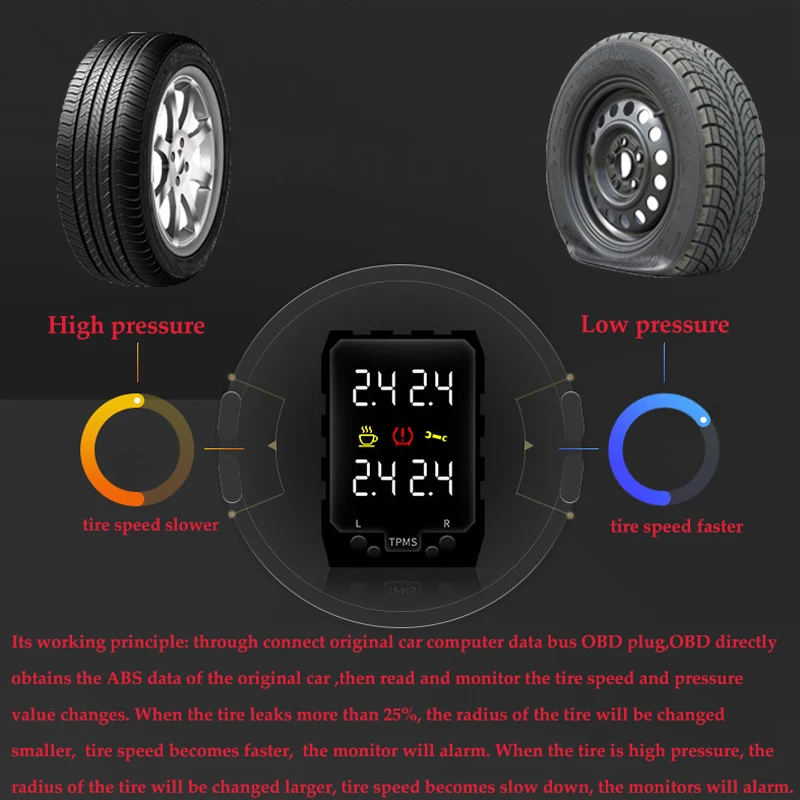 You may also notice it on the driver's side of the doors.
You may also notice it on the driver's side of the doors.
The number usually suggests the lowest pound-force per square inch at which the tire must be inflated. But you may vary it as you think necessary.
The more the vehicle can carry, the more pressure is needed for proper functioning. The suggested PSI for small cars like minivans and sedans ranges between 27 and 32. But those tires can reach 40 if necessity demands so. SUVs and trucks have a PSI of about 45 and more because their tires need more inflation pressure to carry the vehicle's weight properly.
Take note that some models of pickup trucks have different PSI for the front and rear tires. Check your manual to be sure.
Thumb CheckYou can use your thumb to check the pressure of your tire. All you have to do is push your thumb down on the tire to feel the pressure. Underinflated tires will be soft. You will find your tires to be extremely stiff if they are overinflated. The tire pressure is proper if your tire is not too soft or too stiff as mentioned above.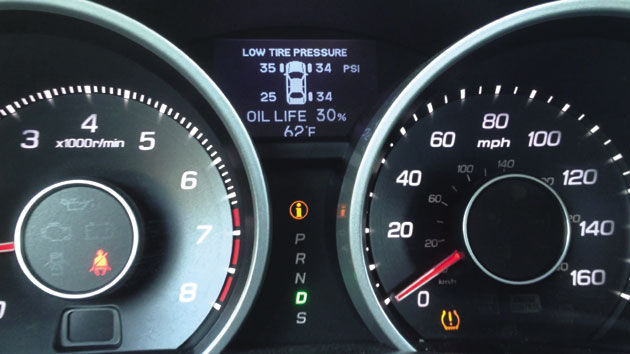
This method is based on checking the level of deformity of the tire once you mount weight on your tires. What you do is to put weight on the tires, and then notice the level of deformity of the tire. Tires with low pressure get deformed by 10% - 15% change. If you see that much difference, you need to inflate your tires a little more. As you add pressure, check gradually to see that the tires do not become extremely stiff.
Trail Comparison CheckFor this method, you need a pavement or a road with a flat surface. You need to apply ink or some other marking substance to your tires. After that, make marks on the road by driving the car slightly. After the drive, pay attention to the trail that your tires made. A comparison of the trail will reveal some differences. Low-pressure tires tend to leave a streak when compared with others.
Inflate the underinflated tires a little more and repeat the test until the moderate pressure is reached.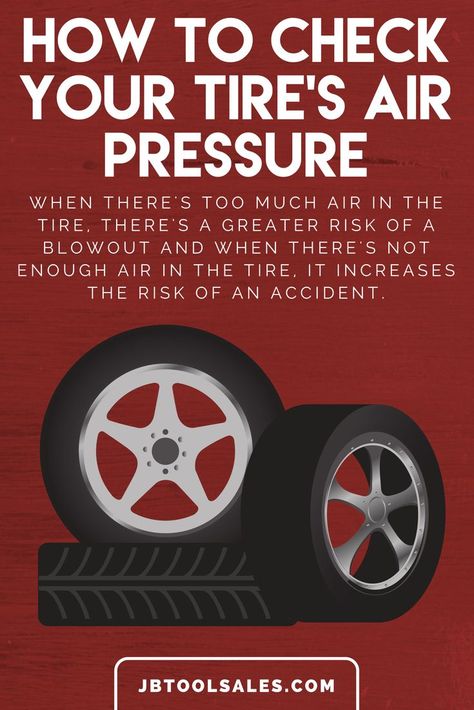
This test works with cargo. Load some cargo on the car and notice how the tires might get weighed down.
Cargo will logically weigh down any low-pressure tire of your vehicle. If you notice that one side of the car bears the cargo load more than the other, it means you have low-pressure tires that need more air pressure. Find the underinflated tires and add more air to even the distribution of the weight.
But ensure you check and return the tires’ Pound-force Per Square Inch (PSI) to normal by adding more air pressure after you remove the cargo.
Hand Pressure CheckTo check your tire pressure with your hand, push your palm down on the tire to feel the pressure. Low-pressure tires are usually soft and cushiony, while overinflated tires are incredibly stiff.
If it feels soft, inflate the tire with more air. Check pressure with your palm gradually as you add air to it. If the air pressure is too much, press the stem on your tire’s air nozzle until a slight push over the tire is possible.
To check your tire pressure with this method, you must first park your car on a plane surface. After parking it, check the tires of your vehicle from both sides. What you are looking out for is a bulge; a round swelling from any side of the tire.
A bulge of more than ten millimeters on both sides shows that your tire pressure is low. You may have to pump the tires before taking the vehicle out. Inflate the tires until it is hard but not extremely hard.
How Often Should You Check Your Tire Pressure?Car manufacturers recommend that you check at least once a month. But safety and other reasons may make you have to examine your tire pressure more frequently.
Ideally, you should visually observe your tire pressure every time you approach your car.
Try to regularly check your tire pressure when you visit the gas station.
If you hit a curb or run over a sharp object, you may also have to check your tire pressure.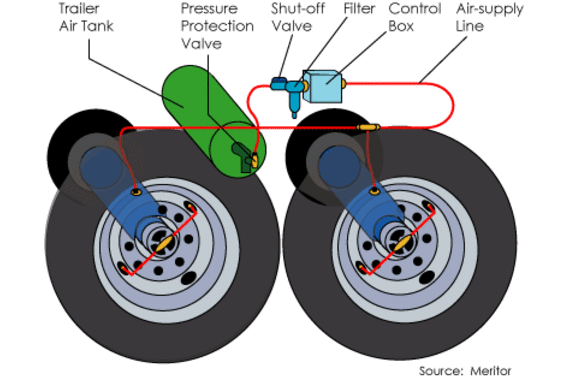
Some recent vehicle models have a warning light in the dash to alert you. The warning light is a component of the Tire Pressure Monitoring System of your vehicle. The light comes on to warn you that your tires could be underinflated.
If your car does not have a caution light for low tire pressure, a regular check will help you know if your tire pressure is too low.
Difficulty in the car's maneuverability or losing speed is also a sign that the tire pressure may be low.
Is It Safe To Drive With Low Tire Pressure?It, it isn’t. It is dangerous to drive with low tire pressure, especially at high speeds. You could lose control of your vehicle. More seriously, driving with low tire pressure could also cause a blowout or an accident.
ConclusionDriving with the correct tire pressure is very important because you can protect your safety and the safety of other road users. It also saves you money because your tires wear evenly, and your fuel economy is optimal.
It also saves you money because your tires wear evenly, and your fuel economy is optimal.
If you do not have a gauge with you, the reliable steps above-mentioned work just fine.
Guest Author: Tim Miller
I’m Tim Miller, an auto mechanic and the Editor-in-chief at obdadvisor.com. I love writing to share my experiences and expertise. Many articles about car repair, car parts and tools reviews can be found on my website. Get connected with me on Facebook, Twitter and Linkedin.
414-410-9581
414-410-9581
JavaScript is disabled in your browser. For our website to function properly, you must enable JavaScript. If you do not enable JavaScript, certain features will not function correctly.
99% of customers
would refer us to friends
4. 98 stars - based on 87 reviews
98 stars - based on 87 reviews
The overall health of your tires affects your driving, so maintaining proper tire inflation is essential to vehicle handling, overall tire performance, good fuel efficiency, and load carrying capability. A properly inflated tire will reduce tread movement (giving your tire a longer life), reduce rolling resistance (increases fuel efficiency), and increases water dispersion (decreases the possibility of hydroplaning). Both over-inflation and under-inflation can cause premature tread wear and possible tire failure.
In this article, we discuss the five warning signs of low tire pressure: You can try adding some air, but if the light stays on, schedule a tire service.
You can try adding some air, but if the light stays on, schedule a tire service.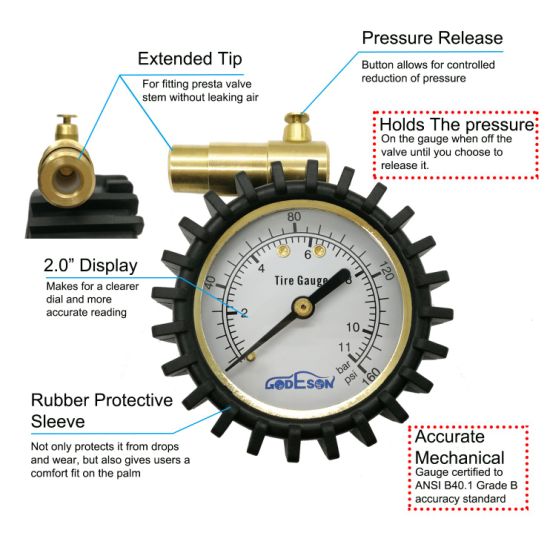 Pull over and check the tire pressure as soon as possible. If that doesn't remedy the problem, take your car to your auto shop to have it checked out.
Pull over and check the tire pressure as soon as possible. If that doesn't remedy the problem, take your car to your auto shop to have it checked out. Tip to Remember: Checking the inflation pressure in your tires is an important part of routine tire service, especially for your safety and that of others. Check tire pressure once a month, and before a long trip or when carrying an extra load.
Looking for quality tire service? Contact our ASE Certified technicians at Expert Car Care today for more information about the warnings signs of low tire pressure and to schedule an appointment. Our auto shop proudly serves residents in the community of West Allis, WI, and surrounding area.
Are you noticing any warning signs of low tire pressure? Ask your auto mechanic about the tire service offered at their auto shop and schedule an appointment today.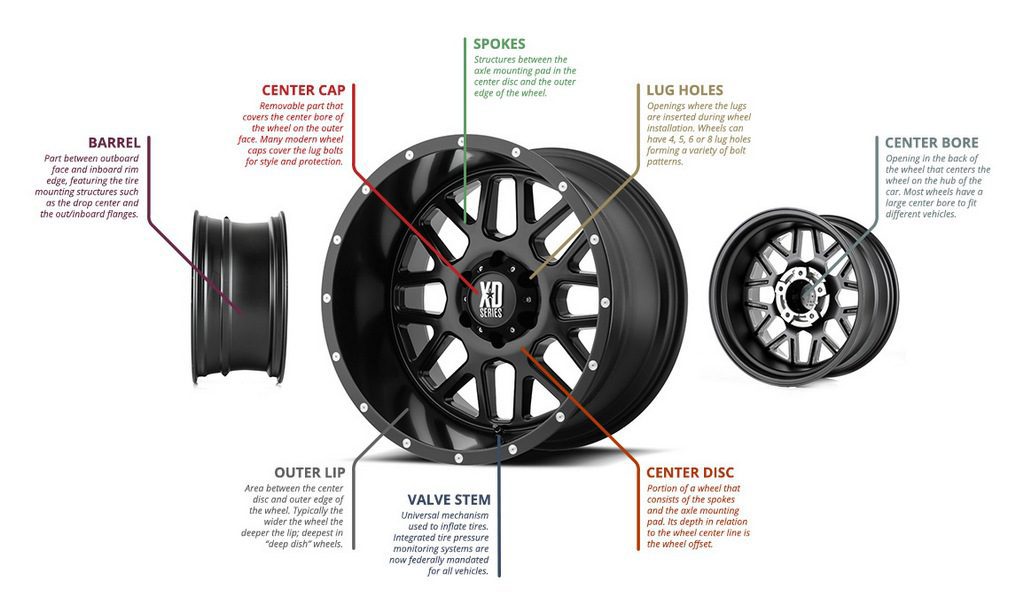
06
Apr
2018
The overall health of your tires affects your driving, so maintaining proper tire inflation is essential to vehicle handling, overall tire performance, good fuel efficiency, and load carrying capability. A properly inflated tire will reduce tread movement (giving your tire a longer life), reduce rolling resistance (increases fuel efficiency), and increases water dispersion (decreases the possibility of hydroplaning). Both over-inflation and under-inflation can cause premature tread wear and possible tire failure.
In this article, we discuss the five warning signs of low tire pressure: You can try adding some air, but if the light stays on, schedule a tire service.
You can try adding some air, but if the light stays on, schedule a tire service.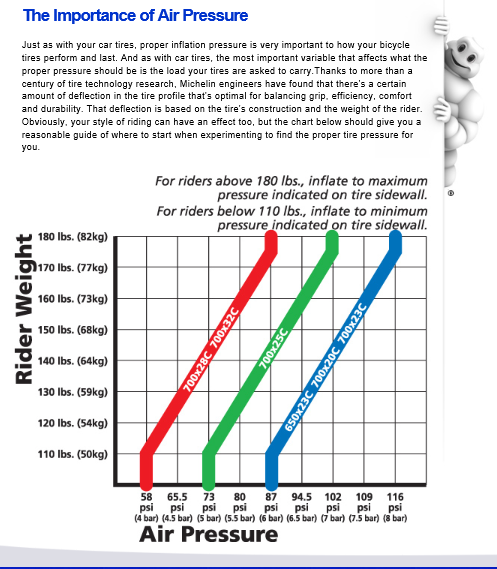 Pull over and check the tire pressure as soon as possible. If that doesn't remedy the problem, take your car to your auto shop to have it checked out.
Pull over and check the tire pressure as soon as possible. If that doesn't remedy the problem, take your car to your auto shop to have it checked out. Tip to Remember: Checking the inflation pressure in your tires is an important part of routine tire service, especially for your safety and that of others. Check tire pressure once a month, and before a long trip or when carrying an extra load.
Looking for quality tire service? Contact our ASE Certified technicians at Expert Car Care today for more information about the warnings signs of low tire pressure and to schedule an appointment. Our auto shop proudly serves residents in the community of West Allis, WI, and surrounding area.
Ben Marjamaa
Ben Marjamaa
When the tire pressure monitoring system (TPMS) light comes on on your car's dashboard, it usually means that the air pressure in one or more tires has dropped below the expected level.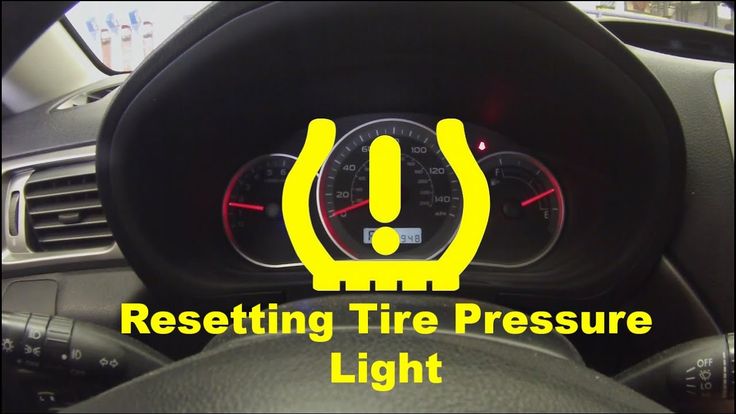 But, unfortunately, due to the peculiarities of the operation of this system, very often the low tire pressure icon lights up on the tidy by mistake.
But, unfortunately, due to the peculiarities of the operation of this system, very often the low tire pressure icon lights up on the tidy by mistake.
First, if your car is equipped with a tire pressure monitoring system, it is important to remember that it does not relieve you of regularly checking tire pressure, as well as inspecting the condition of the tires. Although turning on the TPMS light can be a great puncture warning (a tire pressure monitoring system cannot replace physical inspection of the wheels for damage), and also free you from checking tire pressure with a pressure gauge.
If you have a car with TPMS, that means there is a wireless sensor in every tire. Each sensor transmits data to a computer, which in turn analyzes the data with reference values and, in the event of a data discrepancy for any wheel, turns on an icon on the tidy to warn the driver about low tire pressure.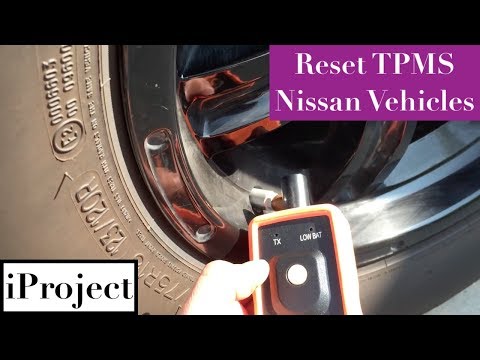 Moreover, the indicator can light up both with insufficient pressure in one or more wheels, and with its excessive value.
Moreover, the indicator can light up both with insufficient pressure in one or more wheels, and with its excessive value.
See also How to prolong the life of car tires: The most important tips
But why do we need this system, if quite often it misleads drivers? In fact, the appearance of a low tire pressure icon on the tidy is the best reason to stop the car, take the pump with a pressure gauge and check the tire pressure. The tire pressure monitoring system still most often transmits important information for the driver. In 75% of cases, the warning of the tire pressure monitoring system really indicates problems in the wheels.

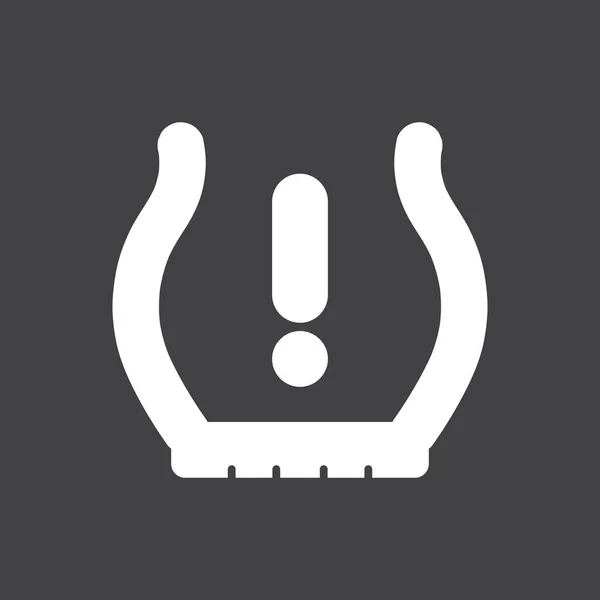
In most cases, your car's tires are filled with air that is identical to the air in the atmosphere. But sometimes tires are filled with nitrogen instead of air.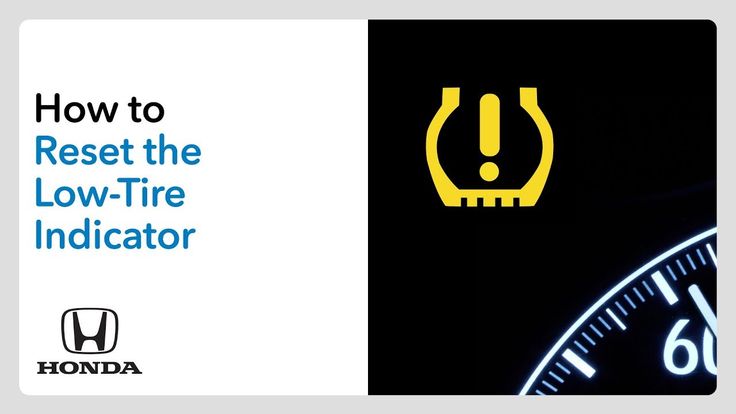 However, the same rules of thermodynamics apply to nitrogen that apply to the mixture of nitrogen, carbon dioxide, and oxygen, as well as other elements that make up the air we breathe and that we typically fill car tires with.
However, the same rules of thermodynamics apply to nitrogen that apply to the mixture of nitrogen, carbon dioxide, and oxygen, as well as other elements that make up the air we breathe and that we typically fill car tires with.
According to the laws of physics, if the temperature of a gas decreases, the pressure also decreases. Since the tires in a car are more and less a closed system, this essentially means that when the temperature of the air in the tire goes down, the air pressure in the tire goes down as well.
This is also true when the pressure rises due to an increase in temperature. As the gas expands as it heats up, it has nowhere to go because it is in the confined space of the tire, and the pressure increases as a result.
See also What is the correct tire pressure for various off-road conditions
The exact increase or decrease in tire pressure depends on a number of factors. But on average, it is believed that when the ambient temperature drops by 10 degrees Celsius, the tire loses about 0. 07 bar and, conversely, when the temperature rises by 10 degrees, the tire pressure increases by about 0.07 bar.
07 bar and, conversely, when the temperature rises by 10 degrees, the tire pressure increases by about 0.07 bar.
Tire pressure problems are most common in winter. And this is logical, since in winter there are sharp temperature drops. This is especially true for the northern regions of the country, where the winter is very cold.
For example, if you inflated your car tires in August according to the factory specification, when the ambient temperature was 26 degrees, then with the onset of cold weather in late autumn, when the temperature outside dropped to -17 degrees, the pressure in the tires of your car will fall by about 0.34 bar.
By the way, due to sudden changes in temperature at night and during the day in winter, the tire pressure monitoring system can start acting up. For example, if you get into your car early on a frosty morning and notice that the TPMS light comes on, but then goes off after a few hours, this indicates that tire pressure is changing due to temperature changes. In this case, we would advise not to change the tire pressure, as this is fraught with the fact that during the daytime the tire pressure will be excessive, which will lead to premature wear of the rubber tread.
In this case, we would advise not to change the tire pressure, as this is fraught with the fact that during the daytime the tire pressure will be excessive, which will lead to premature wear of the rubber tread.
Tire pressure may also change while the vehicle is in motion. The fact is that the friction of the tires causes them to heat up, which in turn causes the air inside the tires to heat up. This is one of the reasons automakers recommend inflating tires when they are cold rather than hot after the car has been driven.
Thus, there is a real possibility that the tire pressure monitoring system will warn you of insufficient tire pressure early in the morning, but after a while the vehicle is moving, the indicator will turn off on the tidy.
If you check your tire pressure in the morning before you set off, you realize that the pressure is not low, but the tire pressure indicator on the tidy is on or flashing , most likely, in one of the wheels there is a malfunction of the pressure sensor. This error is not very common. But still, sometimes it happens. By the way, some fluids and dirt from the brake pads can accelerate the process of wear of tire pressure sensors.
On the other hand, if the tire pressure monitoring system warns you of low pressure when the tires are cold, inflating them while they are cold will save you unnecessary TPMS warnings in cold winter weather.
By the way, this is why it is recommended to check and adjust tire pressure several times a year. Especially when the seasons change. For example, with the onset of the cold season, it is recommended to add tire pressure and, conversely, with the onset of spring, it is recommended to slightly reduce the pressure. Taking into account changes in ambient temperature during the changing seasons in this way can save you problems with the tire pressure monitoring system indicator.
What should be the pressure in the tires of the car? Does it need to be adjusted and what will happen if the pressure is changed in one direction or another?
A conversation between two friends:
– Hello, I have a flat tire!
- At all?
– No, only from below…
Humor from the Net
Let's start with platitudes.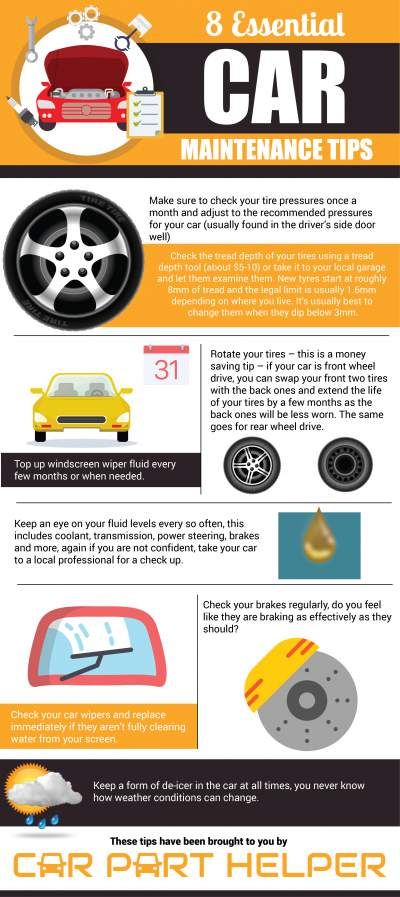 The pressure must be as specified by the vehicle manufacturer. And since the average modern driver usually does not have such information, especially for him, a “cheat sheet” with the necessary numbers is hung on the middle pillar on the driver’s side or on the gas tank flap.
The pressure must be as specified by the vehicle manufacturer. And since the average modern driver usually does not have such information, especially for him, a “cheat sheet” with the necessary numbers is hung on the middle pillar on the driver’s side or on the gas tank flap.
A relatively rare solution: the "reminder" is located on the gas tank cap.
An important point: you should measure the pressure only on cold tires. By the way, especially for pedants: cold tires are those on which the car has been without movement for at least 5 hours.
This "cheat sheet" nestled on the driver's door. An example of how tire pressure recommendations change depending on tire size.
Since car manufacturers allow the use of tires of different sizes, the pressure may also be different. In addition, the pressure in the front and rear tires has the right to both differ and be the same.
But here there is no difference in recommendations: what is in front, what is behind is the same.
Seasonal tire change: everything car owners need to know
Increased pressure is an overstrain of cord threads, increased wear of the middle part of the tread. In addition, when driving on a bad road, the shocks that are transmitted to the suspension and body will become more noticeable for riders. When hit in a hole, the likelihood of a tire rupture increases.
Different pressure on all four wheels - the worst thing! The car, while driving, inevitably leads the wheels with lower pressure to the side - in fact, sideways movement begins.
Tube tires of the past required a weekly inspection, especially before the advent of butyl tubes. Then the pressure began to be checked less often, and in our time, as a rule, they are limited to visual inspection.
It's a good idea to check your tire pressure at least once a month. And before a long journey - just a must.
Budget Tire Compressor Test: Wrong Bees
Enclosed air pressure changes by approximately 0.1 bar for every 10 degrees of temperature change. This allows, having installed summer tires in April, not to worry about the pressure in them until the end of August, when the air temperature begins to drop. Having pumped up the wheels at the end of summer, you can already make it to the seasonal shift. But having installed winter tires in October, with the first frosts, you should check the pressure a couple more times: when the temperature drops to minus ten, fifteen, and when you go over minus twenty. But from the middle of winter until the moment the wheels are changed to summer ones, there is again a period of relaxation.
More and more often electronics think for us. Now, a tire pressure monitoring system is being installed on parts of production cars. Moreover, some simply read the wheel speeds through the ABS sensors: after all, a flat tire rotates faster, since its radius is smaller than that of inflated wheels. And there are also sensors that evaluate the amount of air pressure and send information via radio to the “brains” of the car. Such devices can also be purchased separately: sensors - in the wheels, and the receiver - in the car.
And there are also sensors that evaluate the amount of air pressure and send information via radio to the “brains” of the car. Such devices can also be purchased separately: sensors - in the wheels, and the receiver - in the car.
By the way, a lot depends on the road you are going to take.
The operating instructions supplied with the vehicles state that it is recommended to increase the pressure by 0.2-0.3 bar before driving for a long time on expressways. We advise you to follow these recommendations on all cars: it will not get worse.
I don't want to discuss overload: this, you see, is not the point. But, unfortunately, many deliberately overload the car several times a year, not only filling the interior and trunk to the eyeballs, but also attaching a trailer, which additionally loads the rear wheels of the tractor. In such cases, we advise you to increase the pressure in the rear tires by at least 0.2–0.3 bar. Tires will only thank you.
Tires will only thank you.
If you doubt the accuracy of your pressure gauge, then we advise you to check it immediately after leaving the tire shop, where you have been set the obviously necessary pressure, to measure it with your own measuring device (separate or as part of the compressor). So you determine whether your pressure gauge is “lying” a lot. For the future, right on the dial, you can put a mark of the correct value.
Of course, it is better to have your own, known to be correct pressure gauge, but such a toy is not cheap.
If terrible ice has caught you on summer tires, for example, in the country, and you need to drive some distance along a completely icy road by any means, then you should reduce the tire pressure to approximately 1.6 bar. Bad for tires? Yes. But an accident will cost more. In addition, in such a situation, it is not necessary to wait for high speed, and overheating of tires at near-zero temperatures most likely will not happen.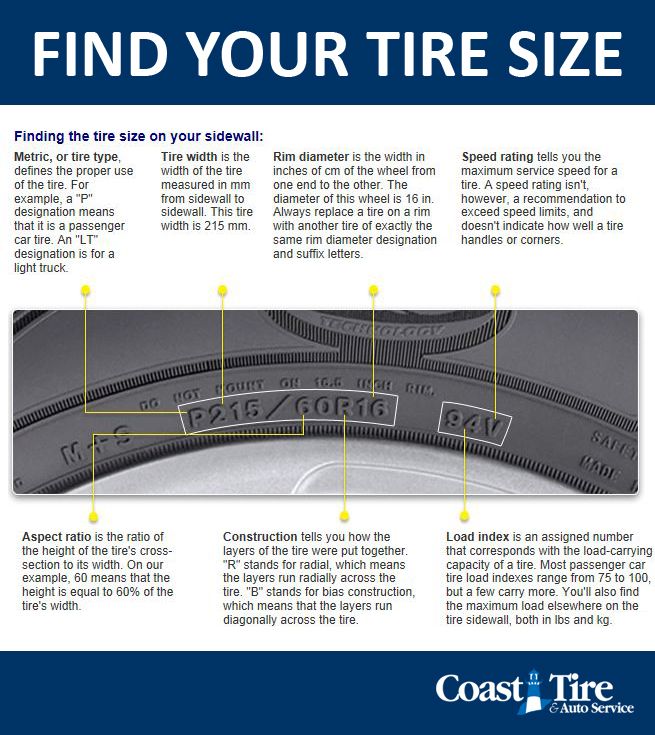
Everyone knows what caused the excellent maneuverability of Soviet tanks? That's right: wide tracks, that is, low pressure on the ground. We, having an ordinary, non-all-wheel drive car, are also able to provide it with a similar cross-country ability. If your car's wheels sink into sand, snow, or sticky mud, it makes sense to lower your tire pressure. And not only driving, but also driven wheels.
We know from experience that it is often possible to get out of a “black hole” by lowering the pressure to 1.2 bar.
In a very critical situation, if you know that you have a fairly narrow disc and a relatively wide tire (such a wheel is less likely to self-unravel), you can reduce the pressure to 1.0 bar.
Stuck on wet grass? Try to relieve pressure.
Reducing the pressure is also useful in other cases, for example, to overcome diagonal suspension. If you reduce the pressure in the wheels on which the car rests, their height will decrease and there will be a chance to “catch” on the suspended wheels.